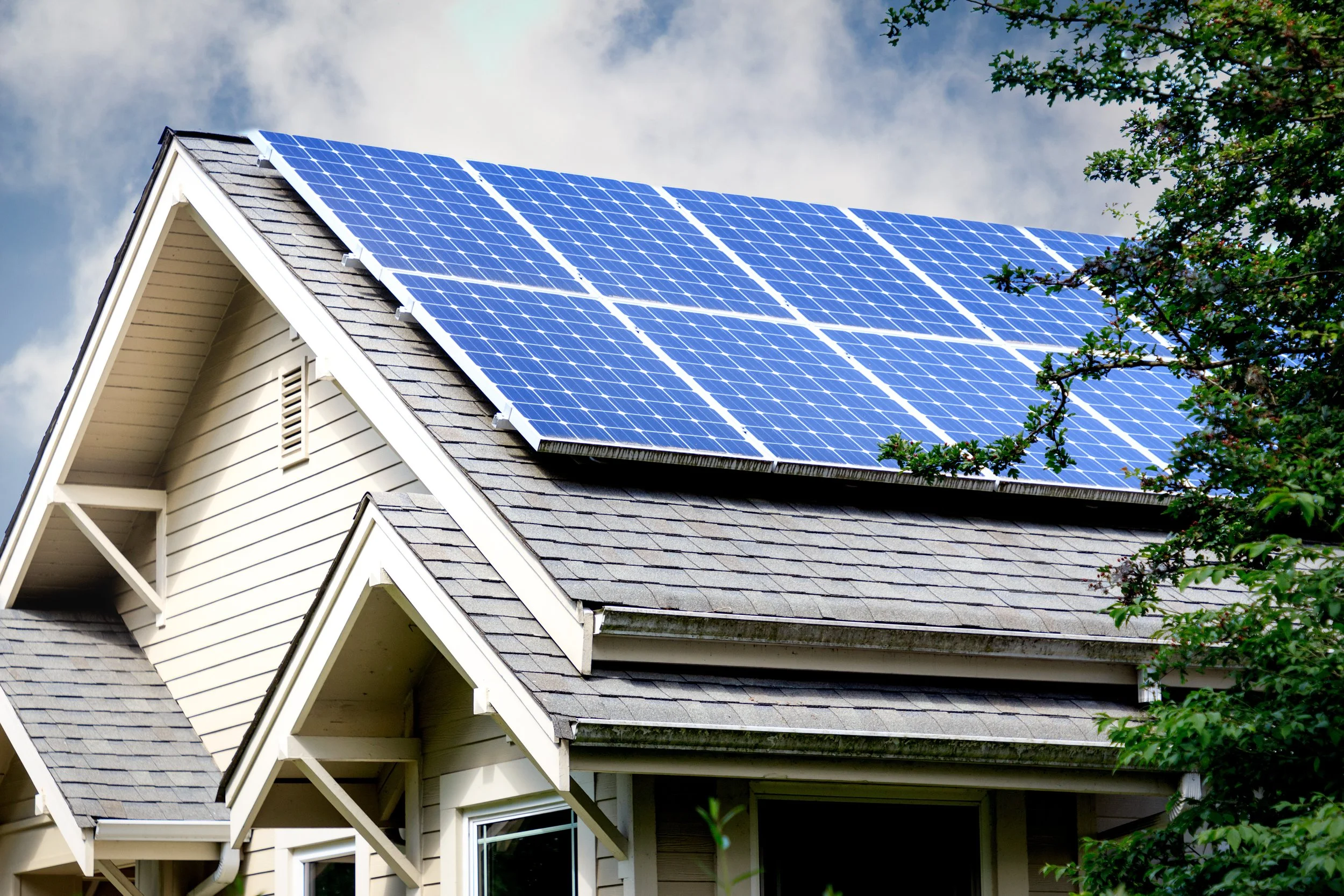The Interstate Renewable Energy Council (IREC) is out with a new report on the use of “group studies” to streamline the interconnection of distributed energy resources (DERs) to the electric distribution grid.
The report, Thinking Outside the Lines: Group Studies in the Distribution Interconnection Process, aims to help regulators, utilities, and clean energy stakeholders evaluate whether group studies may be an effective avenue for addressing interconnection issues.
As an increasing number of DER projects seek to interconnect to the grid, the interconnection process has slowed in many states. It is not uncommon for DER projects to spend years waiting in a queue to be studied. Fewer than 25% of solar and wind projects successfully get through the interconnection bottleneck. Those that do face rising costs, some almost 400% higher than previous years.
Four key interconnection challenges have arisen across a number of U.S. states, including timeline and process delays; high grid upgrade costs; lack of grid transparency; and incomplete or outdated technical standards.
The Federal Energy Regulatory Commission (FERC) issued a final ruling to streamline generator interconnection and alleviate clogged queues nationwide.
At the end of 2022, more than 2,000 GW of generation and storage were waiting in transmission interconnection queues, according to FERC. The final rule requires all public utilities to adopt revised pro forma generator interconnection procedures and agreements to ensure that interconnection customers can interconnect to the transmission system in a reliable, efficient, transparent, and timely manner, and to prevent undue discrimination.
FERC will require a “first-ready, first-served” cluster study process in which transmission providers conduct large interconnection studies encompassing numerous proposed generating facilities, rather than separate studies for each individual generating facility. To ensure that ready projects can proceed through the queue in a timely manner, interconnection customers will be subject to specific requirements, including financial deposits and site control conditions, to enter and remain in the interconnection queue.
The final rule also imposes firm deadlines and establishes penalties if transmission providers fail to complete interconnection studies on time.
The final rule requires transmission providers to allow more than one generating facility to co-locate on a shared site behind a single point of interconnection and share a single interconnection request. This reform creates a more efficient standardized procedure for these types of generating facility configurations, FERC said.
IREC believes similar reforms extended to the distribution electric grid could ease interconnection pain for DERs.
The standard practice over the past 20 years has been to study DER projects one at a time to determine if each can safely interconnect to the distribution system and if any grid upgrades will be needed. This practice has contributed to DER projects piling up in the queue as they wait their turn to be studied.
In contrast, a “group study” evaluates in a single study whether a group of multiple electrically related DER projects can safely interconnect and identifies any grid upgrades that are needed to accommodate the group. Unlike individual studies, projects in the same group typically share the costs of the study and any common distribution or network upgrades.
The new report evaluates different group study approaches, including case studies from jurisdictions that have adopted group study processes – California, Massachusetts, Minnesota, Oregon, and North Carolina.
IREC found that group studies have the potential to alleviate queue challenges in some circumstances. States that are interested in adopting a group study process should also consider additional measures to improve DER interconnection, including planning and building proactive upgrades to the distribution system and considering ways to better align procurement programs with the interconnection process.

